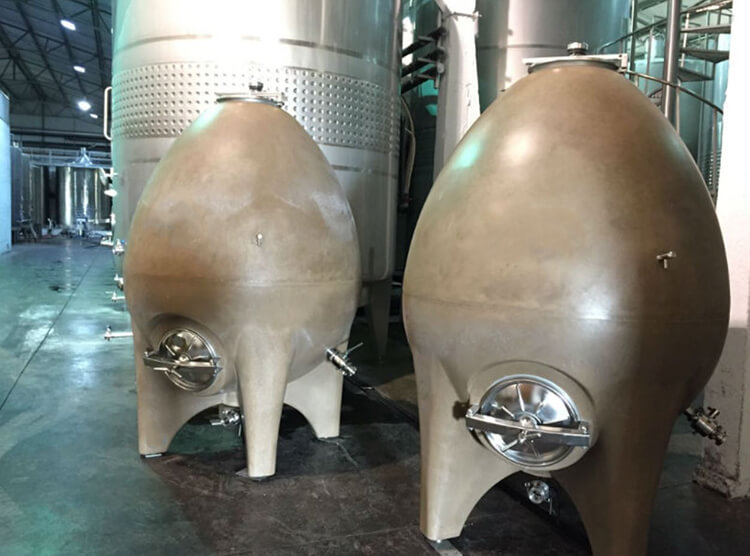
Ageing – the choice of container
January 11th, 2022 | Bodega

Over the centuries many different types of container have been used to ferment and store wines, employing a variety of different materials. In the beginning it was simply a question of the range of materials available, such as the clay amphoras used by Romans and Phoenicians. In recent times, as wine making has become more ‘technical’, the type of container used is now more a matter of personal choice – the choice of the winemaker.
Obviously, the type of vessel used will often have a big impact on the style, and possibly flavour, of the finished wine, albeit that some winemakers still opt to use the most inert type of receptacle possible, in order that the wine is not marked in any way, thereby showcasing the flavours and character of their chosen grape variety.
Wine tanks and containers can be made from stainless steel, concrete, clay, stone, glass fibre, wood (and possibly a few others that have slipped my mind). Each different material can not only change the flavour and texture of a wine, but will also control the evolution (temperature and oxygenation) in very different ways. Concrete, for example, will retain temperature much longer than stainless steel, whilst on the other hand, stainless steel is much more hermetic than, say for example, wood. In addition to this, the way in which the chosen vessel is sealed can also change everything.
A trend which has re-emerged (seemingly since the advent of natural and organic wine), is the amphora. Here in Galicia some cellars are now experimenting with amphorae hewn from granite. It seems that wine making techniques have almost gone full circle.


